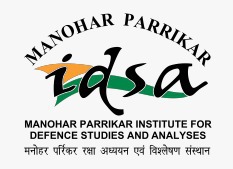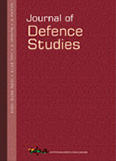China’s India War: Collision Course on the Roof of the World, by Bertil Lintner
In the autumn of 1962, two worlds collided. After long-standing confrontations in disputed border areas, China unleashed its military machinery on India and triumphed. The spectre of the war haunts both sides to this day, as it was shown by the Doklam stand-off in 2017. Understanding the past could guide us in the present, but we still lack the full picture of Indian and Chinese decision making in the run-up to 1962. The second part of the Henderson Brooks Report remains classified and Chinese primary documentation is elusive on the topic.
- Daniel Balazs |
- January-June 2020 |
- Journal of Defence Studies




